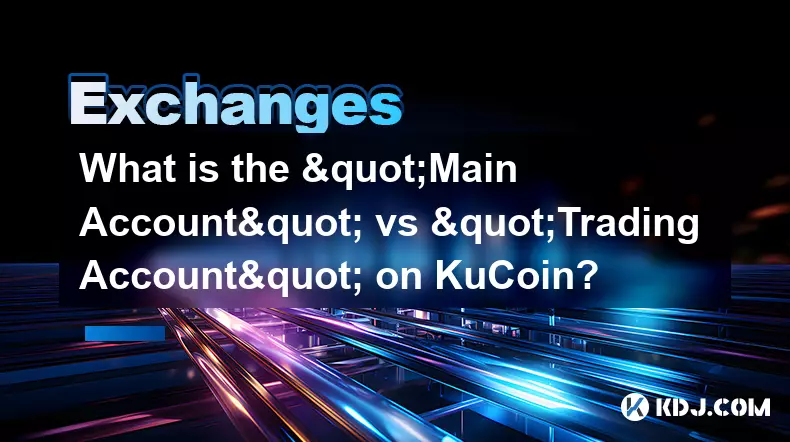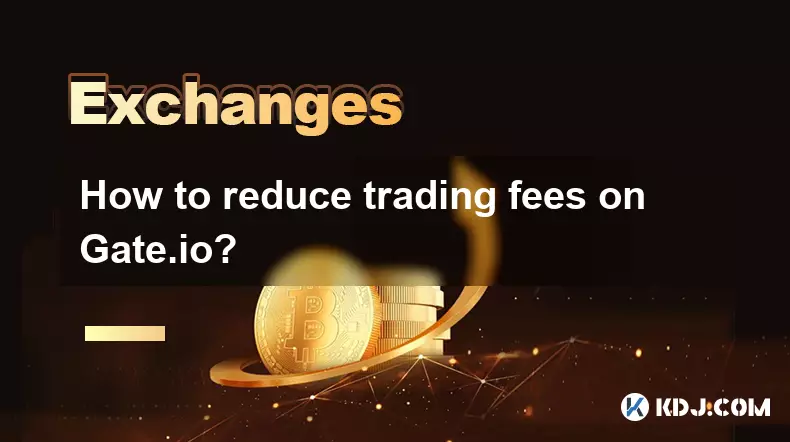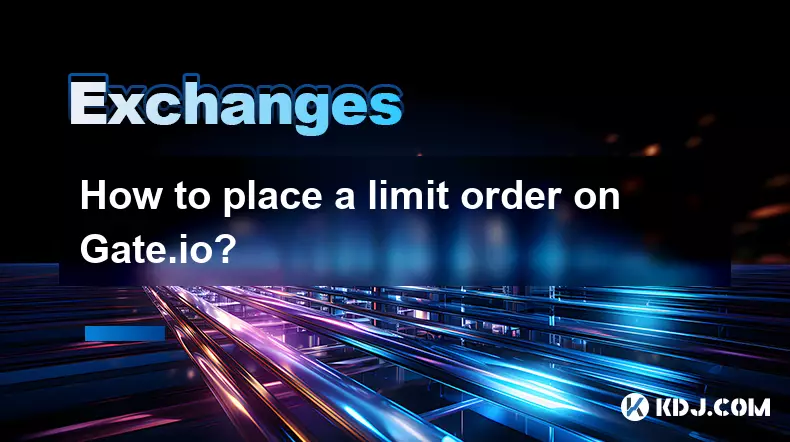-
 bitcoin
bitcoin $116081.691955 USD
0.27% -
 ethereum
ethereum $4718.826985 USD
4.26% -
 xrp
xrp $3.117247 USD
1.97% -
 tether
tether $1.000569 USD
0.05% -
 solana
solana $243.054176 USD
4.43% -
 bnb
bnb $928.830975 USD
2.58% -
 usd-coin
usd-coin $0.999771 USD
0.06% -
 dogecoin
dogecoin $0.279957 USD
6.58% -
 cardano
cardano $0.934111 USD
3.21% -
 tron
tron $0.352358 USD
0.96% -
 hyperliquid
hyperliquid $55.389469 USD
-2.38% -
 chainlink
chainlink $25.141431 USD
2.36% -
 sui
sui $3.750736 USD
1.93% -
 ethena-usde
ethena-usde $1.001249 USD
0.04% -
 stellar
stellar $0.406611 USD
2.17%
What is the "Main Account" vs "Trading Account" on KuCoin?
KuCoin’s Main Account holds and manages funds, while the Trading Account is used for executing trades; funds must be transferred between them to trade or withdraw.
Sep 12, 2025 at 08:54 am

Main Account vs Trading Account on KuCoin
1. The Main Account on KuCoin serves as the central hub for storing and managing your deposited cryptocurrencies and fiat funds. When you deposit assets into KuCoin, they are initially credited to your Main Account. This account functions like a digital wallet, allowing you to hold, transfer, or withdraw funds at any time. It supports a wide range of cryptocurrencies and provides access to services such as staking, savings, and asset transfers to other platforms.
2. The Trading Account, on the other hand, is specifically designed for executing buy and sell orders on KuCoin’s spot and margin trading markets. To trade, you must transfer funds from your Main Account to your Trading Account. This separation enhances security and enables better control over trading capital. Once assets are moved, they become available for placing orders on various trading pairs across the exchange.
3. Transfers between the Main Account and Trading Account are instant and free of charge. This seamless movement allows traders to quickly respond to market opportunities. For example, if you receive a deposit in your Main Account and wish to begin trading immediately, a simple internal transfer makes the funds available in your Trading Account within seconds.
4. Each account maintains its own balance and transaction history. The Main Account tracks deposits, withdrawals, and transfers, while the Trading Account logs trade executions, order placements, and fund movements related to active trading. This clear distinction helps users monitor their financial activities with greater transparency.
5. KuCoin also extends this account structure to Futures and Earn products. Separate sub-accounts exist for Futures Trading and Earn investments, requiring manual transfers from the Main Account. This modular system ensures that funds allocated for different purposes remain isolated, reducing the risk of unintended usage.
Key Differences in Functionality
1. The primary role of the Main Account is asset preservation and management. It acts as the default destination for incoming funds and the source for withdrawals. Users can engage in non-trading activities such as participating in Initial Exchange Offerings (IEOs), subscribing to staking plans, or sending crypto to external wallets directly from this account.
2. The Trading Account is optimized for market engagement. It interfaces directly with the order book and supports limit, market, stop-limit, and other order types. Without funds in this account, users cannot place trades regardless of their Main Account balance.
3. Security protocols differ slightly between the two. While both require standard authentication measures like two-factor authentication (2FA), the Trading Account is subject to additional risk controls during high-volatility periods. These may include temporary restrictions on large transfers or order sizes to prevent accidental losses.
4. Reporting tools treat these accounts separately. Tax and portfolio tracking features often allow filtering by account type, enabling users to generate reports specific to trading activity or overall holdings. This separation simplifies compliance and financial planning.
5. KuCoin’s referral and rewards programs typically credit bonuses to the Main Account. Users must then manually transfer any earned tokens or cashback incentives to their Trading Account if they intend to use them for market participation.
Fund Movement and Practical Usage
1. Moving funds from the Main Account to the Trading Account is done through the 'Transfer' function in the asset management section. Users select the asset, specify the amount, and choose the destination as 'Trading Account.' The process is immediate and does not incur fees.
2. After completing a trading session, users can reverse the transfer to return unused funds to the Main Account. This is particularly useful for securing profits or reallocating capital to earning products like KuCoin Earn.
3. Automated trading bots and API-based strategies require funds to be pre-allocated in the Trading Account. Systems connected via API cannot directly access Main Account balances unless a prior transfer is executed through the interface or script.
4. During withdrawal procedures, only funds in the Main Account are eligible. Any balance remaining in the Trading Account must be transferred back before initiating a withdrawal request. This prevents accidental liquidation of open positions.
5. Funds left in the Trading Account do not earn passive income unless actively used in trading or moved to designated earning products. This highlights the importance of strategic fund allocation based on financial goals.
Frequently Asked Questions
Q: Can I receive deposits directly into my Trading Account?A: No, all incoming deposits are credited to the Main Account by default. You must manually transfer them to the Trading Account to use them for trading.
Q: Are there any fees for transferring between the Main and Trading Accounts?A: No, internal transfers between these accounts are completely free and processed instantly.
Q: What happens to my funds in the Trading Account if I log out or close the app?A: Your funds remain securely held in the Trading Account. Logging out does not affect balance or open orders.
Q: Can I use the same balance for both spot trading and futures trading simultaneously?A: No, each trading segment has its own sub-account. You must transfer funds separately to the Futures Trading Account to engage in derivatives trading.
Disclaimer:info@kdj.com
The information provided is not trading advice. kdj.com does not assume any responsibility for any investments made based on the information provided in this article. Cryptocurrencies are highly volatile and it is highly recommended that you invest with caution after thorough research!
If you believe that the content used on this website infringes your copyright, please contact us immediately (info@kdj.com) and we will delete it promptly.
- MUTM Token Surge: Is Mutuum Finance the 2025 Gainer?
- 2025-09-13 18:25:13
- WorldShards, SHARDS Token, and Bybit: A Web3 Gaming Revolution?
- 2025-09-13 18:25:13
- AI Coins, Cardano, and Market Cap: What's the Deal?
- 2025-09-13 18:30:12
- Dogecoin Rally Incoming? Why Now Might Be the Time to Buy
- 2025-09-13 18:30:12
- PUMP Price Rockets After Binance Listing & Token Buybacks: What's Next?
- 2025-09-13 18:35:16
- Brett's Surge: Analysts Eye Meme Coin's Next Big Move
- 2025-09-13 18:35:16
Related knowledge

How to use stop-loss and take-profit on Gate.io?
Sep 11,2025 at 07:36am
Understanding Stop-Loss and Take-Profit on Gate.ioGate.io is a leading cryptocurrency exchange offering advanced trading tools for both beginners and ...

How to set up an anti-phishing code on Gate.io?
Sep 12,2025 at 04:36am
Understanding Anti-Phishing Codes on Gate.io1. An anti-phishing code is a personalized security feature that helps users identify legitimate emails fr...

How to reduce trading fees on Gate.io?
Sep 11,2025 at 03:55am
Understanding Gate.io Fee Structure1. Gate.io operates on a tiered fee model based on users’ 30-day trading volume and their average GT (GateToken) ho...

How to place a limit order on Gate.io?
Sep 13,2025 at 09:55am
Understanding Limit Orders on Gate.io1. A limit order allows traders to set a specific price at which they are willing to buy or sell a cryptocurrency...

How to create an API key on Gate.io?
Sep 13,2025 at 01:19pm
How to Create an API Key on Gate.ioGate.io is one of the leading cryptocurrency exchanges that offers a wide range of trading tools, including API acc...

How to trade with leverage on Gate.io?
Sep 13,2025 at 02:36am
Understanding Leverage Trading on Gate.io1. Leverage trading allows users to borrow funds to increase their trading position beyond what would be poss...

How to use stop-loss and take-profit on Gate.io?
Sep 11,2025 at 07:36am
Understanding Stop-Loss and Take-Profit on Gate.ioGate.io is a leading cryptocurrency exchange offering advanced trading tools for both beginners and ...

How to set up an anti-phishing code on Gate.io?
Sep 12,2025 at 04:36am
Understanding Anti-Phishing Codes on Gate.io1. An anti-phishing code is a personalized security feature that helps users identify legitimate emails fr...

How to reduce trading fees on Gate.io?
Sep 11,2025 at 03:55am
Understanding Gate.io Fee Structure1. Gate.io operates on a tiered fee model based on users’ 30-day trading volume and their average GT (GateToken) ho...

How to place a limit order on Gate.io?
Sep 13,2025 at 09:55am
Understanding Limit Orders on Gate.io1. A limit order allows traders to set a specific price at which they are willing to buy or sell a cryptocurrency...

How to create an API key on Gate.io?
Sep 13,2025 at 01:19pm
How to Create an API Key on Gate.ioGate.io is one of the leading cryptocurrency exchanges that offers a wide range of trading tools, including API acc...

How to trade with leverage on Gate.io?
Sep 13,2025 at 02:36am
Understanding Leverage Trading on Gate.io1. Leverage trading allows users to borrow funds to increase their trading position beyond what would be poss...
See all articles










































































